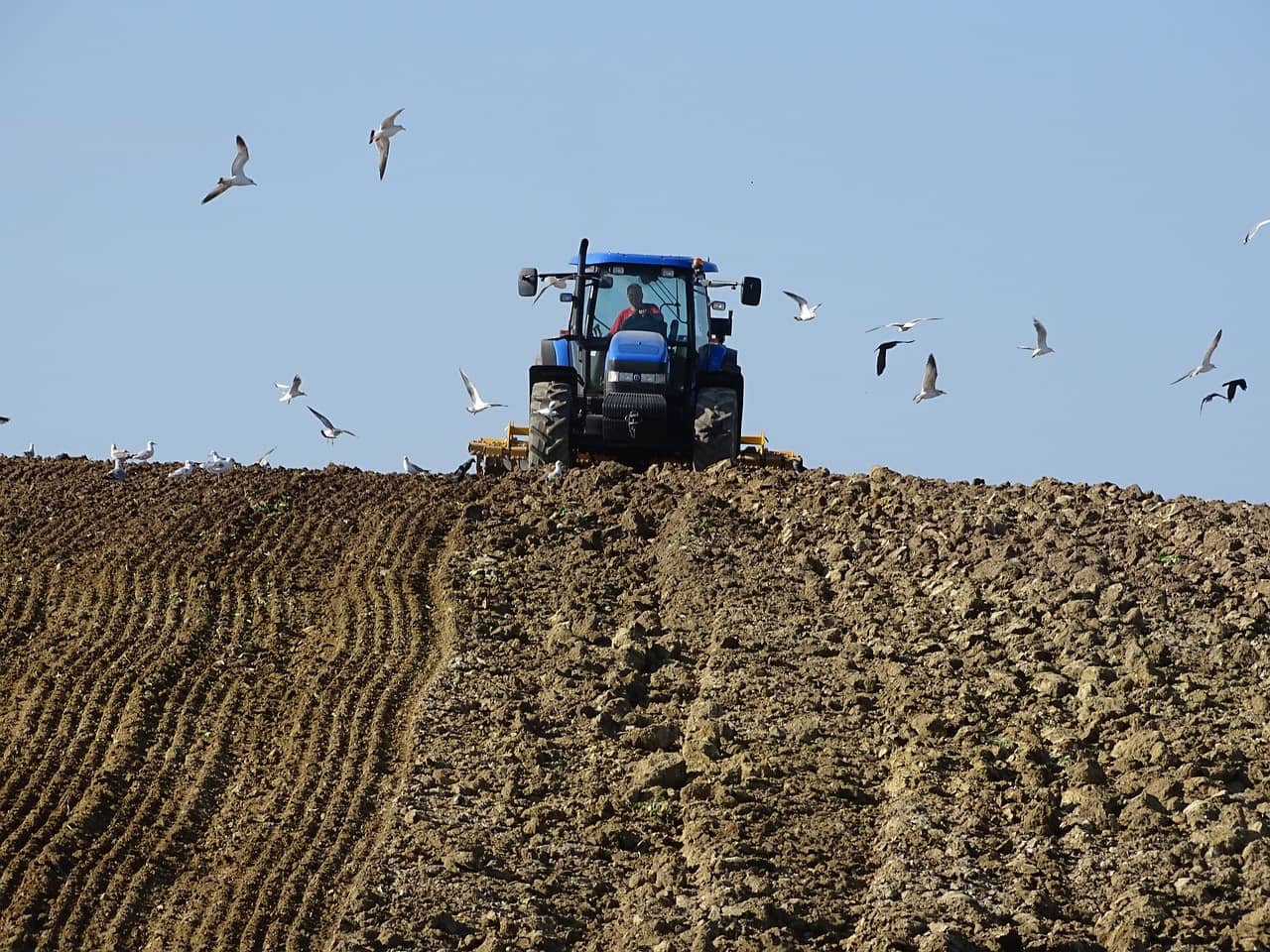
(NDAgConnection.com) – The share of acreage for major cash crops-wheat, corn, soybeans, and cotton-that are planted using conservation tillage has increased over the past two decades in the United States. Conservation tillage, which includes no-till and mulch till, reduces soil disturbance and preserves more crop residue relative to conventional tillage, in which a plow or other implement turns over most of the soil before planting.
Conservation tillage promotes soil health and reduces soil erosion and nutrient runoff. In representative surveys, farmers reported employing conservation tillage on the majority of acres of wheat (68 percent), corn (76 percent), and soybeans (74 percent). Conservation tillage is less common on cotton fields (43 percent of acres). No-till production, a type of conservation tillage in which farmers plant directly into remaining crop residue without tilling, has increased substantially for wheat and corn over the past two decades.
On wheat acres, no-till increased from 20 percent in 2004 to 39 percent in 2009 before rising to 45 percent in 2017. For corn acres, no-till increased from 16 percent in 2001 to 36 percent in 2021, including a jump from 28 percent in 2016. Mulch till, which aims to reduce soil disturbance through fewer and less intensive tillage operations than conventional production, accounted for about half of conservation tillage acres on corn and slightly more than half of conservation tillage on cotton.
Mulch till has trended upward on each crop except for corn over the past two decades, including a recent increase for soybean acres from 31 percent in 2012 to 35 percent in 2018. This chart updates information in the USDA, Economic Research Service bulletin Tillage Intensity and Conservation Cropping in the United States, published in 2018.
